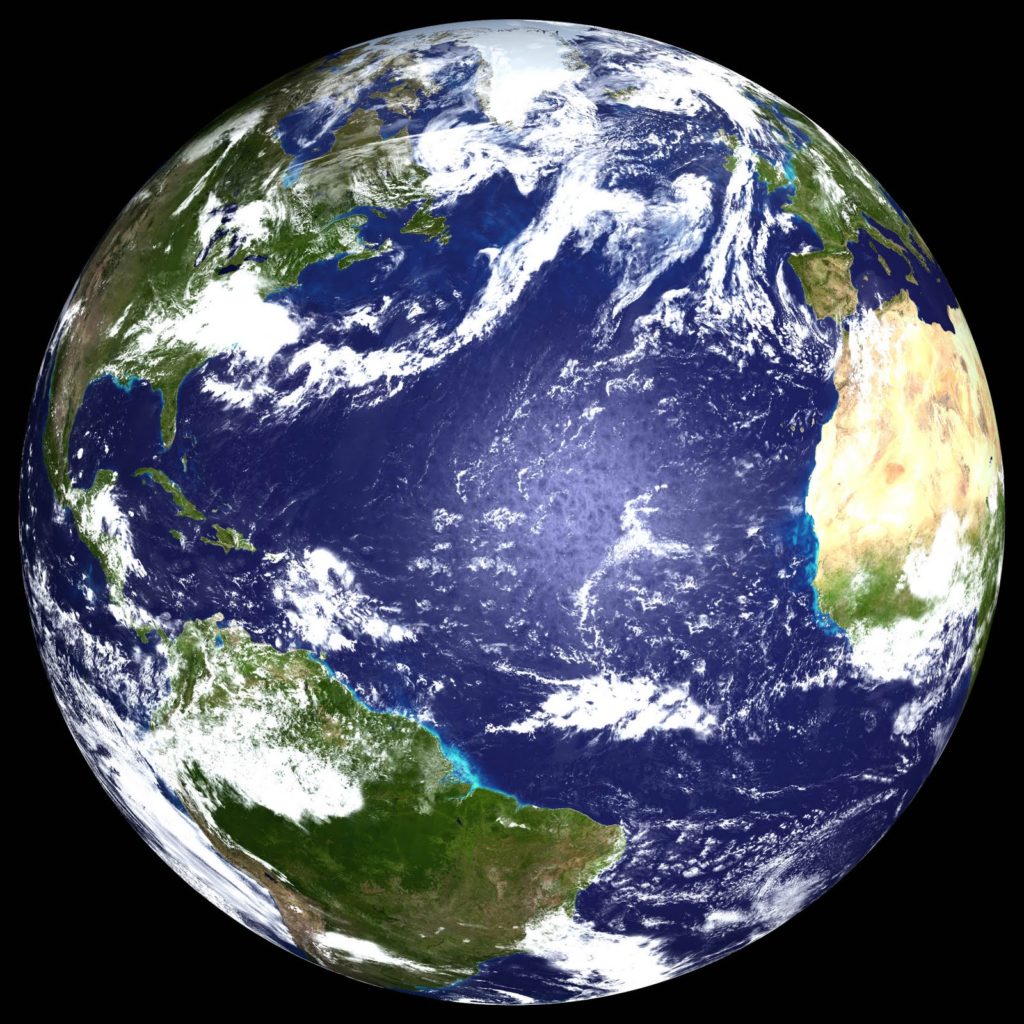Figure B. Wealth distributions, Bulletin (dashed line) versus Augmented (solid line) Measures, 1989-2019

Wealth and Income Concentration in the SCF: 1989–2019 September 28, 2020
The above chart was generated by the U.S. Federal Reserve. Consider the dashed and solid blue lines at the bottom of the chart. They represent fully one half of the population of the United States. That bottom 50% have essentially no meaningful share of the nation’s wealth. The other 49% is not doing that well either.
Libertarians make a strong case that this concentration of wealth is actually a good thing, making everyone, even those at the bottom of that chart, better off.
There is a great deal to unpack in their argument, and many people are doing just that. We’ve heard of some, like Bernie Sanders. In the Democratic Party debates, he questioned the morality of great wealth inequality in an exchange with Michael Bloomberg.

Our current economic system is based on 2 fundamentally untrue suppositions:
- The Earth’s natural resources are unlimited and free to use and
- That human beings are distinctly separate and disconnected from Nature.
Many people are awakening to the fact that these assumptions, on which all capitalist economic activity is based is not only false but unsustainable.
“anything we can’t do forever is, by definition, unsustainable,”
Sir David Attenborough A Life on Our Planet
There are many alternatives to the economic system we have, one which some consider to be unsustainable and destructive. Some make the argument that the consistent messages of competition, accumulation, and consumption affect us psychologically. Some believe that very developed nations, the so called Global North are in fact over developed and that over consumption is destroying the environment.
Regardless of one’s views on capitalism, the interconnection of the environment, consumption, social justice, and the economy cannot be discounted or ignored. Most conventional analyses, as we have seen, do not take this relationship into account. And when they do, it usually takes the form of claims that an increase in production and consumption (growing GDP) will solve the problem. Others contend that growing GDP IS the problem.
Some people believe that “tinkering” with capitalism is all that is needed, with increased government oversight, tax law changes and the like. The Green New Deal is an example of an attempt to bring economic activity more in line with environmental sustainability.
A few years ago, The Center co-sponsored a forum at the African American Research Library and Cultural Center outside Miami, Florida. The unifying theme of the forum was empowerment; the idea that people could take part in shaping their communities to address community needs. It covered such diverse topics as incarceration, reparations, and economic alternatives.
In his presentation, Professor Richard Weisskoff of the University of Miami described a unique member-based, community-organized lending and alternative economic system, developed and used throughout Latin America. This is a system that enables everyone, especially poor and marginalized communities access to financial resources without being subject to usurious fees and interest charges.
Dr. Weisskoff describes the system here.
Article I, Section 8 of the U.S. Constitution gives congress the power “To coin money” and regulate its value. However, the history of money in the United States is long and complex. It is noteworthy that in 2011, then Congressperson Dennis Kucinich sponsored HR2990, the National Emergency Employment Defense Act. (NEED Act). Although the bill’s focus was on the unemployment crisis occurring at that time, it proposed sweeping changes to the way money is created and used, including the dismantling of the Federal Reserve System. Of course, the legislation did not get much support in congress, but it did bring to public awareness the fact some feel there is a need to address the nation’s monetary policies.
At the Democracy Convention held in Minneapolis, Minnesota there were a number of presentations and workshops around monetary policy issues and economic alternatives.
The American Monetary Institute has been conducting research on the structure of monetary systems in use around the world and advocating for reform since 1996.
Another organization doing work similar to AMI is the Modern Money Network, which hosts symposia bringing together students, scholars, and the public to discuss and explore issues of money and policy.
New Economic Perspectives is an organization providing economic analysis and policy advice following the financial collapse in 2007. Their approach is Modern Money Theory, based on the work of progressive economists.
The Global Institute for Sustainable Prosperity focuses universal employment at a living wage as the primary way to bring about what they call “sustainable prosperity” rather than a focus on monetary systems and policy. They take a more holistic approach to economic activity to include everything from agricultural policy to science and technology and gender equity.
All these organizations and monetary theories have one thing in common. Modern Monetary Theory.
To get a better understanding of an alternative way of looking at money you can start here.




